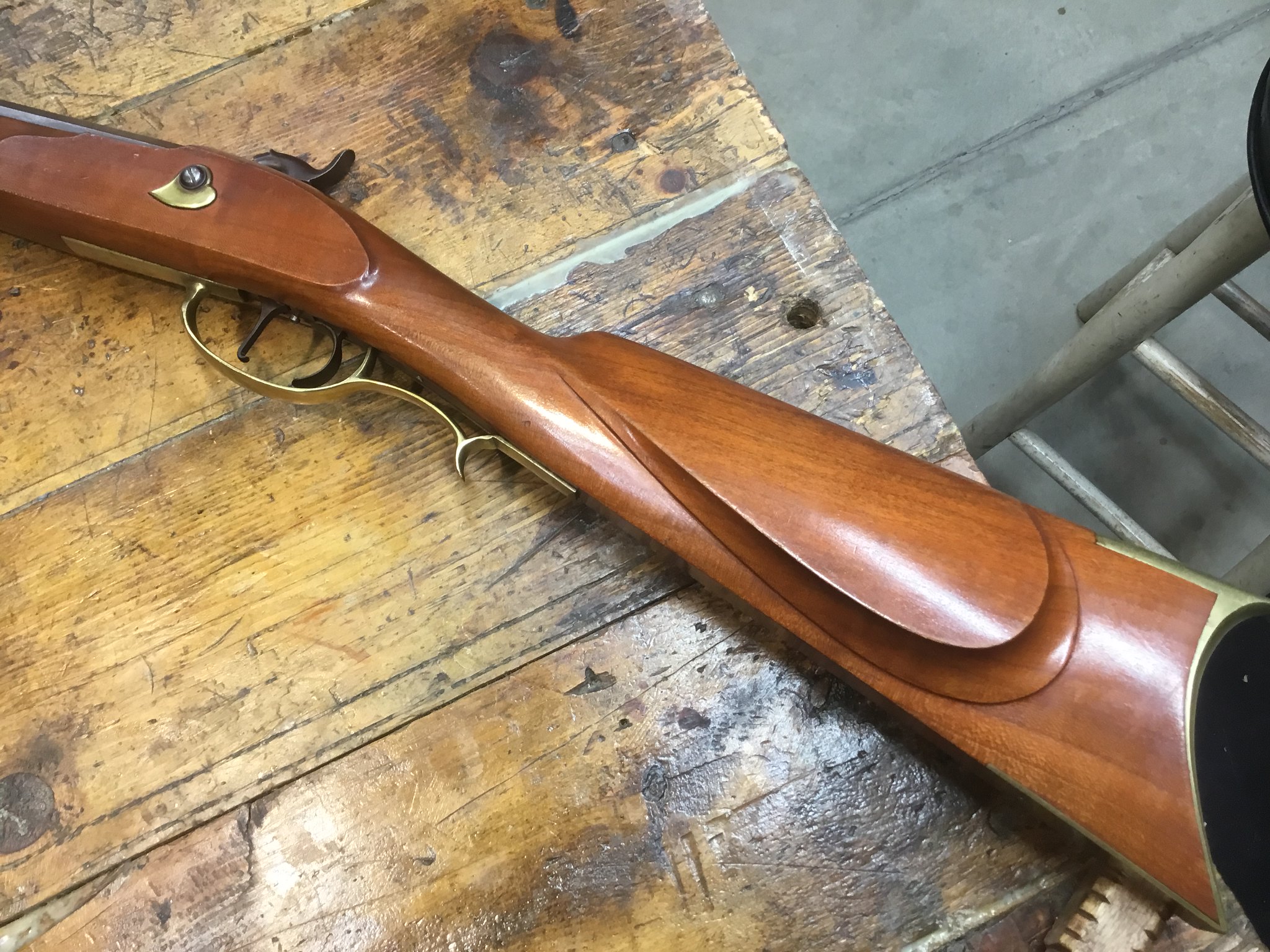yellowhammer
40 Cal
I've searched all the older posts and threads. Any newer hints or cheats from the experts for helping cure or dry finishes in winter? Can anything be added to Tried & True to act as a sort of catalyst? I may ultimately build a drying cabinet, but this week I've had good success just propping up by the gas logs (although that is Permalyn sealer, not T&T):












